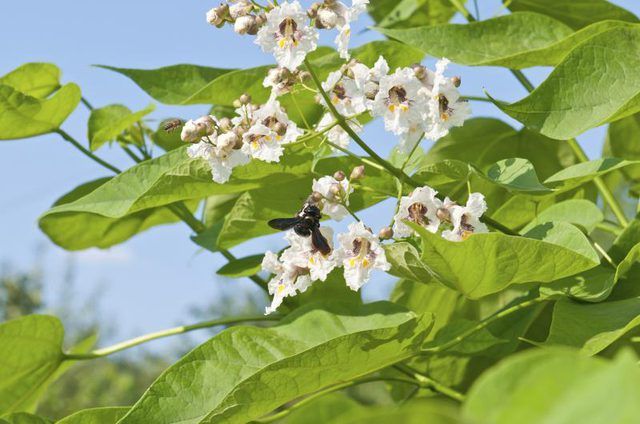Bulbs
Flower Basics
Flower Beds & Specialty Gardens
Flower Garden
Garden Furniture
Garden Gnomes
Garden Seeds
Garden Sheds
Garden Statues
Garden Tools & Supplies
Gardening Basics
Green & Organic
Groundcovers & Vines
Growing Annuals
Growing Basil
Growing Beans
Growing Berries
Growing Blueberries
Growing Cactus
Growing Corn
Growing Cotton
Growing Edibles
Growing Flowers
Growing Garlic
Growing Grapes
Growing Grass
Growing Herbs
Growing Jasmine
Growing Mint
Growing Mushrooms
Orchids
Growing Peanuts
Growing Perennials
Growing Plants
Growing Rosemary
Growing Roses
Growing Strawberries
Growing Sunflowers
Growing Thyme
Growing Tomatoes
Growing Tulips
Growing Vegetables
Herb Basics
Herb Garden
Indoor Growing
Landscaping Basics
Landscaping Patios
Landscaping Plants
Landscaping Shrubs
Landscaping Trees
Landscaping Walks & Pathways
Lawn Basics
Lawn Maintenance
Lawn Mowers
Lawn Ornaments
Lawn Planting
Lawn Tools
Outdoor Growing
Overall Landscape Planning
Pests, Weeds & Problems
Plant Basics
Rock Garden
Rose Garden
Shrubs
Soil
Specialty Gardens
Trees
Vegetable Garden
Yard Maintenance
How to Grow Catalpa Trees from Seed
How to Grow Catalpa Trees from Seed. Growing catalpa trees (Catalpa spp.) from seed is a long-term project, but worth it for the large clusters of white flowers mature trees bear in late spring. Catalpa trees that are common garden favorites include southern catalpa (Catalpa bignonioides), which grows in U.S. Department of Agriculture plant...

Growing catalpa trees (Catalpa spp.) from seed is a long-term project, but worth it for the large clusters of white flowers mature trees bear in late spring. Catalpa trees that are common garden favorites include southern catalpa (Catalpa bignonioides), which grows in U.S. Department of Agriculture plant hardiness zones 5a through 9a, and northern catalpa (Catalpa speciosa) and Chinese catalpa (Catalpa ovata), which both grow in USDA zones 4 through 8. The seeds of all three trees grow best in a moist, protected site. Catalpa trees are invasive in some areas of the United States.
Preparing Catalpa Seeds
Catalpa seeds must be ripe before sowing, and some seeds need exposure to cold temperatures. Seed pods on catalpa trees turn brown in fall, and split open to release the ripe seeds. Collect Catalpa bignonioides and Catalpa ovata seed pods as they begin to open. These seeds are ready for sowing outdoors after collection, or you can store them in a cool, dry place for sowing in spring. Three weeks before you plan to sow them, place stored Catalpa bignonioides and Catalpa ovata seeds in a refrigerator to expose the seed to cold temperatures, which triggers sprouting. Collect Catalpa speciosa seeds in late winter and place them in paper envelopes or bags. Store them in in a cool, dry place until summer, which when Catalpa speciosa seeds are sown.
Sowing Seeds
Well-drained, moist soil is essential for sowing catalpa tree seeds. Sow catalpa seeds in well-drained potting soil in 3-inch pots, or in well-drained soil in a cold frame in a partial-shade site. All pots for catalpa seedlings must have drainage holes. Place three or four seeds equally spaced on the potting soil surface, or space them 1 inch apart in the cold frame, and cover the seeds to their own depth in soil. The University of Florida Extension recommends covering Catalpa speciosa seeds with 1/8 inch of pine mulch. Water the seeds with a fine rose spray attachment on a watering can or garden hose until the water flows from the pot drainage holes or until the soil in the cold frame is moist to a depth of 3 inches. Place catalpa seed pots in a sheltered, partial-shade outdoor spot, and leave the lid on the cold frame open. Water the seeds when the soil surface is dry.
Transplanting Seedlings
When the seedlings are 2 to 3 inches tall, fill clean 3-inch pots with fresh, well-drained potting soil. Make a hole in the soil with a chopstick or similar tool, and remove a seedling from its pot or cold frame by gently holding a leaf and loosening the soil around the seedling with the chopstick. Place the seedling in the hole the new pot at its original growing depth and gently fill in the gaps around its roots with potting soil. Transplant the rest of the catalpa seedlings in the same way, and place them in a partial-shade, sheltered area outdoors. Water the pots when the soil surface is dry, and transplant the seedlings into pots the next size up when their roots fill their pots. Grow catalpa seedlings in pots over the first winter, and plant them in the garden in spring or summer the following year. Fresh potting soil provides nutrients for the seedlings, so they don't require fertilizer.
Growing Young Trees
A full-sun or partial-shade, moist or wet site is best for growing young catalpa trees. These trees tolerate a range of growing conditions including dry soils, but they thrive in fertile loam soil in moist areas such as near ponds or streams, and low-lying sites. Catalpa trees tolerate heavy clay soil and seasonal flooding, and Catalpa bignonioides and Catalpa ovata also tolerate air pollution. Plant young catalpa trees after the final average frost date for your area.